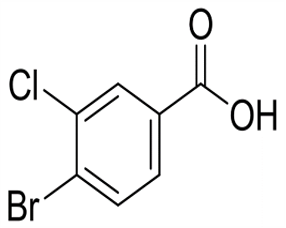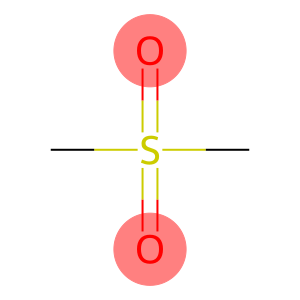1 1 3 3-Tetramethylguanidine(CAS# 80-70-6)
| Hazard Symbols | C – Corrosive |
| Risk Codes | R22 – Harmful if swallowed R34 – Causes burns R20/22 – Harmful by inhalation and if swallowed. R10 – Flammable |
| Safety Description | S26 – In case of contact with eyes, rinse immediately with plenty of water and seek medical advice. S27 – Take off immediately all contaminated clothing. S36/37/39 – Wear suitable protective clothing, gloves and eye/face protection. S45 – In case of accident or if you feel unwell, seek medical advice immediately (show the label whenever possible.) S16 – Keep away from sources of ignition. |
| UN IDs | UN 2920 8/PG 2 |
| WGK Germany | 1 |
| FLUKA BRAND F CODES | 9-23 |
| TSCA | Yes |
| HS Code | 29252000 |
| Hazard Note | Harmful/Corrosive |
| Hazard Class | 8 |
| Packing Group | II |
| Toxicity | LD50 orally in Rabbit: 835 mg/kg |
Introduction
Tetramethylguanidine, also known as N,N-dimethylformamide, is a colorless crystalline solid. The following is an introduction to the properties, uses, preparation methods and safety information of tetramethylguanidine:
Quality:
- Tetramethylguanidine is strongly alkaline and can form a strong alkaline solution in aqueous solution.
- It is a weak base equivalent to an anhydrous solution, and it can be used as a recipient of hydrogen ions.
- It is solid at room temperature, but can quickly volatilize into a colorless gas when heated.
- It is a compound with strong hygroscopicity.
Use:
- Tetramethylguanidine is mainly used as an alkali catalyst in organic synthesis reactions.
- It can also be used in industries such as dye intermediates, electroplating, flexible polyurethane foams, etc.
Method:
- Tetramethylguanidine can be prepared by the reaction of N,N-dimethylformamide with ammonia gas at high pressure.
- This process usually requires heating and is carried out under the protection of an inert gas.
Safety Information:
- Tetramethylguanidine is a toxic compound and should be avoided in contact with the skin and eyes. Wear protective gloves and goggles when using.
- It can cause eye and skin irritation, and cause breathing difficulties and poisoning symptoms.
- Care should be taken to avoid contact with oxidants, acids and flammable substances during use and storage.
- When handling tetramethylguanidine, proper laboratory operating procedures and safe handling protocols should be followed.








